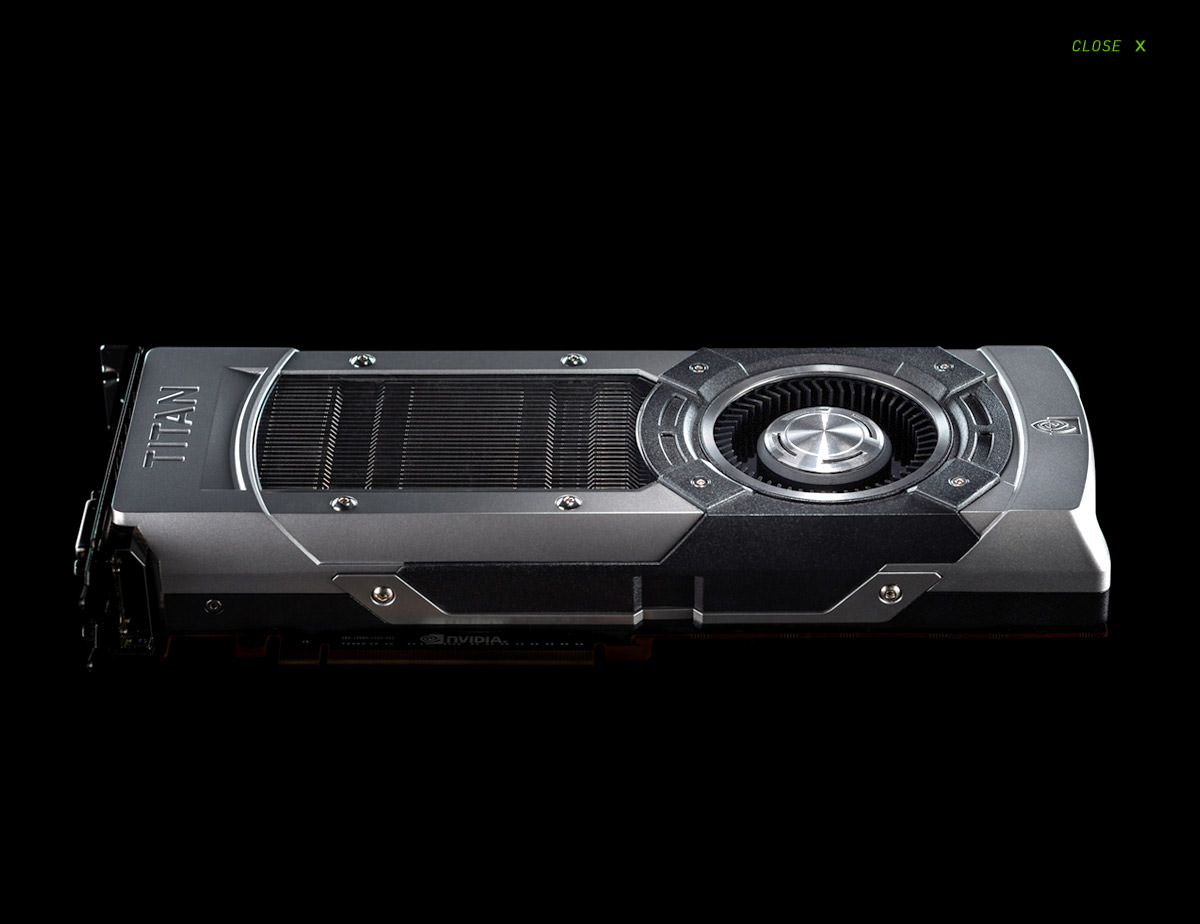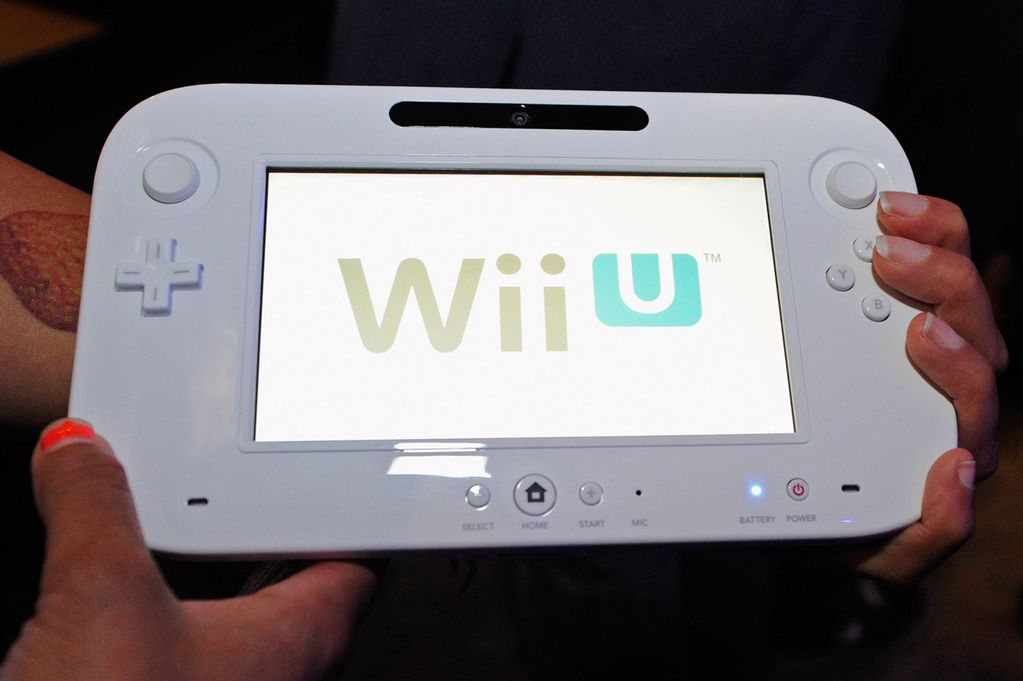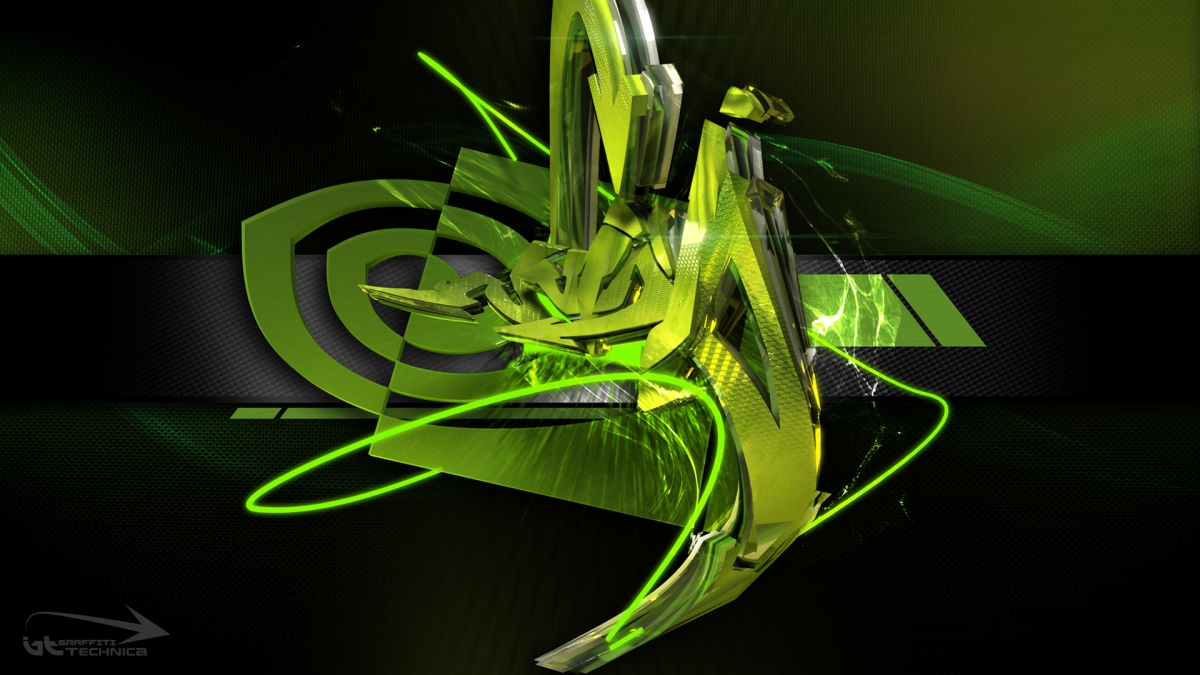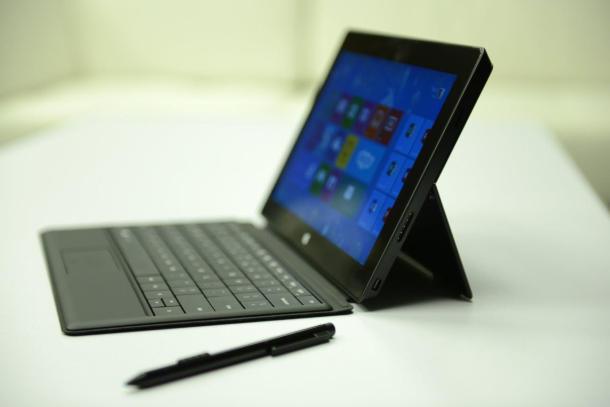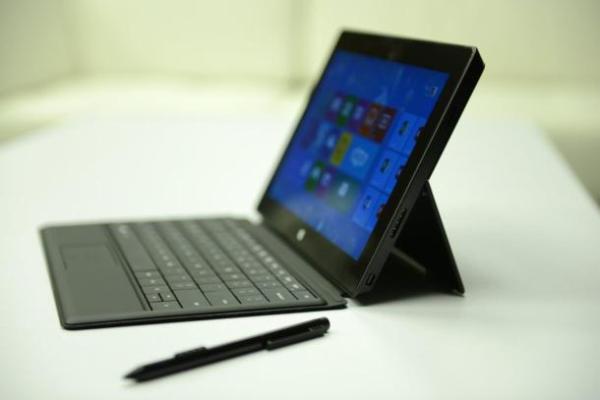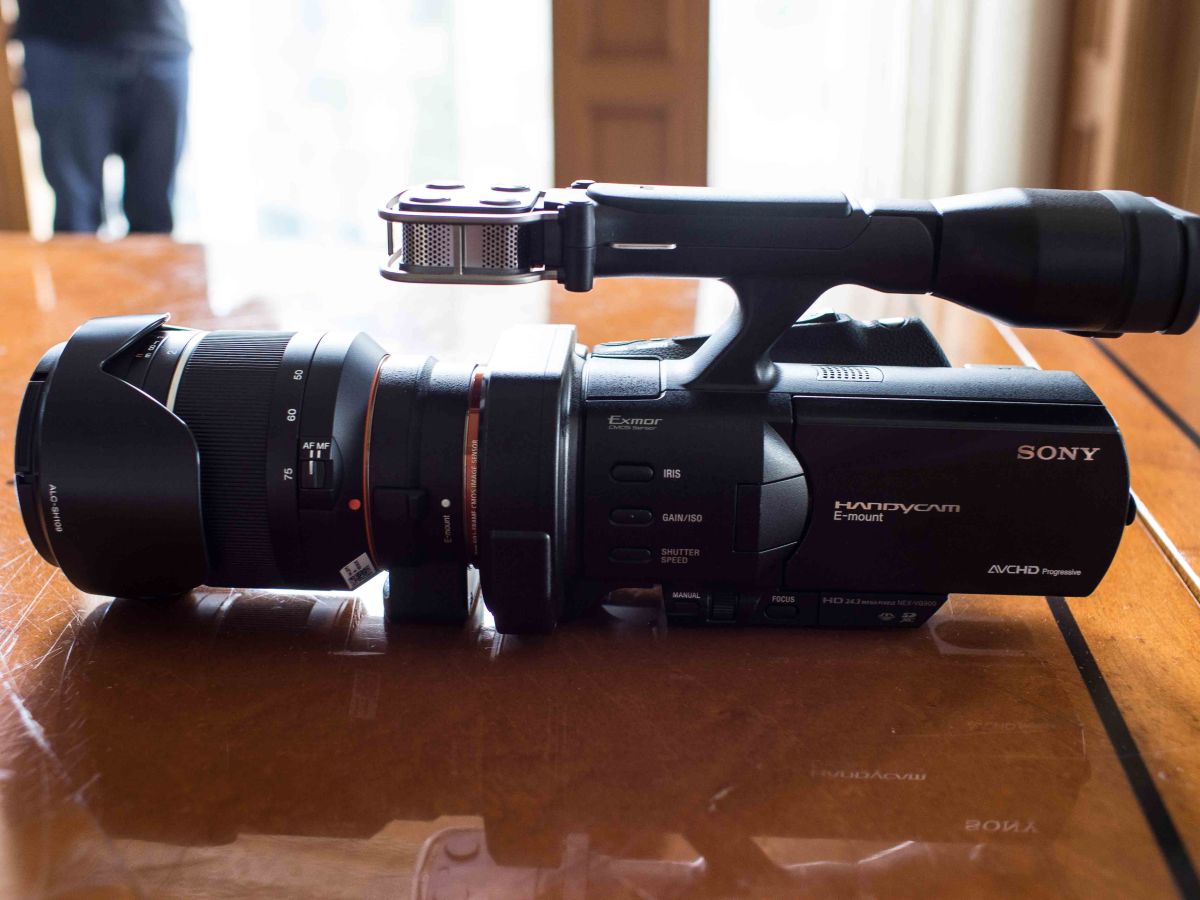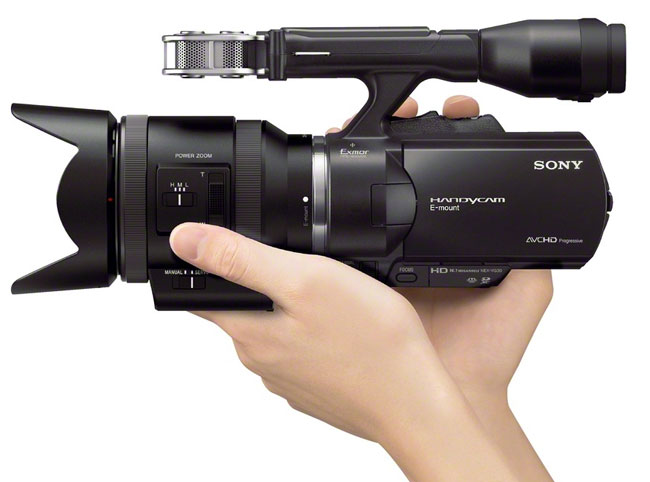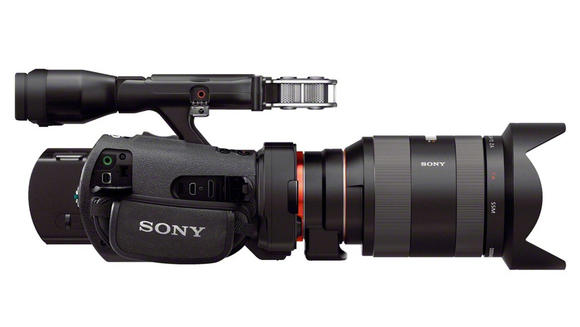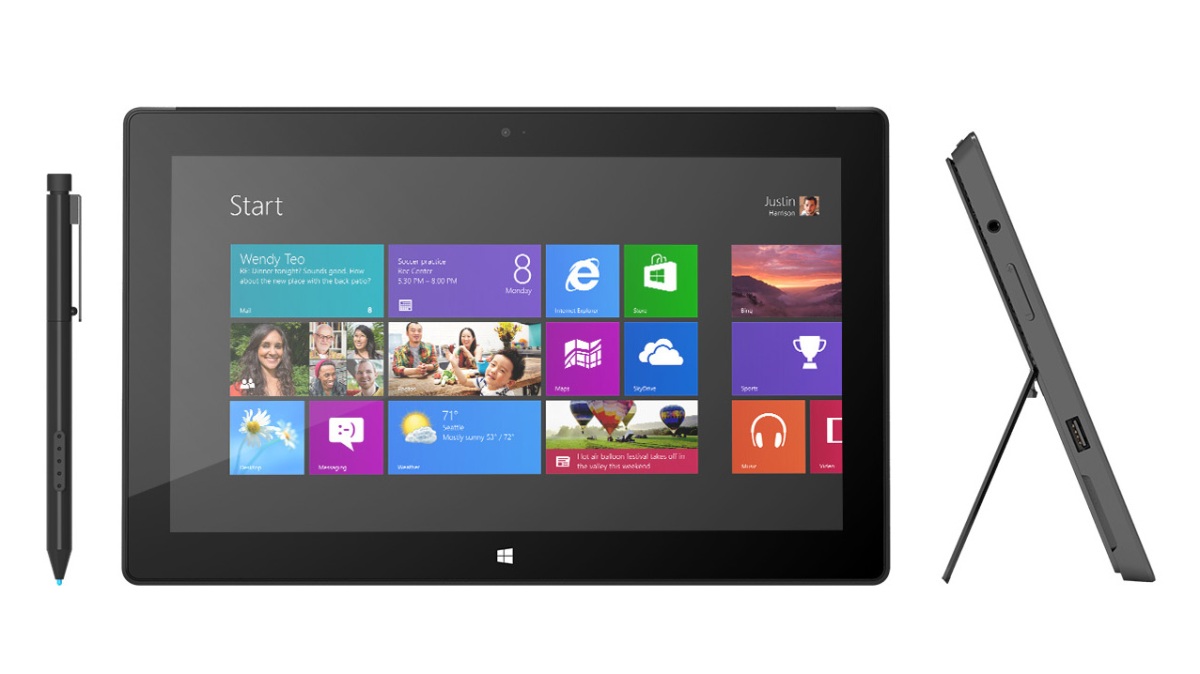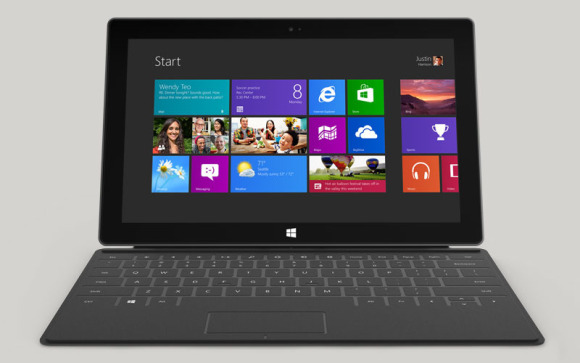Apart from the constant streaming issues that plagued Sony’s online announcement, it is safe to say that everyone was impressed with what the PS4 had to offer in terms of social capabilities and performance. The PS4 has been designed from the groundup to be remarkably easier to develop for and bodes good news for PC gamers since ports will most likely improve a lot due to the similarities in the architecture. Although it is a shame to see the Cell Processor depart from Sony’s lineup because of it’s capabilities, developers should be able to achieve new feats with the architecture that is now before them. Perhaps in time Sony will return to the Cell processor but for now let’s look forward with what x86-AMD64 has to offer.
PlayStation 4 Gaming Hardware
Sony’s PS4 includes the long-awaited x86-AMD64 “Jaguar” 8 Core processor, and a GPU capable of 1.84 TFLOPS, which is based on AMD’s next-generation Radeon GCN. The Jaguar processor itself is a concern because of the fact that it was intended for ultrabooks and is likely to have a low clockspeed, although it has an integrated GPU which should aid in the graphics department; we may even see some instances of CrossFire present itself providing a significant boost for graphics performance. The 8GB of GDDR5 unified memory presents even more benefits for graphics performance and should help the processor offload some of the tasks onto the GPGPU and Sony has said that it has allowed for easier use of the GPU to allow better access to the GPU.
The main concern I had with the processor was with the fact that CPU is the main heart of the system and should be able to process intensive features and applications, for example I can’t imagine soft-body physics running well on the CPU alone. This is also why I found the choice to use AMD interesting because Intel currently dominate AMD when it comes to performance, what is likely happening here is that Sony wants to keep the cost of the system and the TDP of the system down.


For those of you interested with what the Jaguar has to offer, look at the images above. The GPU is speculated to be slightly better than the AMD HD 7850 due to the similarities of the processing power, however we can expect better performance because of the controlled environment the PS4 will be developed in. The GPU is estimated to have 18 compute units with 1152 stream processors which collectively generate 1.84 Teraflop of processing power, hopefully our talented developers can make full use of the system, the details of the HD 7850 are listed below.
AMD Radeon HD 7850 GPU
- 860Mhz Engine Clock
- 2GB GDDR5 Memory
- 1200Mhz Memory Clock
- 153.6 GB/s memory bandwidth
- 1.76 TFLOPS Single Precision compute power
- 256-bit GDDR5 memory interface
- PCI Express 3.0 x16 bus interface
GCN Architecture
- 16 Compute Units (1024 Stream Processors)
- 64 Texture Units
- 128 Z/Stencil Units
- 32 Color ROP Units
- Dual Geometry Engines
- Dual Asynchronous Compute Engines (ACE)
- DirectX 11.1-capable graphics
- OpenGL 4.2 support
PlayStation® Network
PlayStation Network was also completely re-hauled and redesigned to suit the way the user interacted online, a lot of attention was put into how the user interacted with other people players online or more specifically their “friends”. It’s been made quite clear that companions can offer assistance in certain situations when playing a game and through the services provided through Gaikai, it is now possible to stream live demos to your console, which in itself is pretty good and innovative. Gamers can also share their experiences online, on social networking sites such as Facebook through the use of pushing a single button on the PS4 controller and with this you can expect to see 100% more YouTube videos online when the PS4 gets released.

The PS4 also allows the user to broadcast their gameplay in real-time to friends using live internet streaming services such as UStream. It is also noted that friends can contribute to each other by providing in-game items and potions to each other which is an example of the way PlayStation Network allows interacting with friends in a whole different way like I just mentioned earlier, the results of such an endeavor remain to be seen but surely boasts a sign of being truly connected.
Integration with PS Vita and Smartphone devices
Sony seem to be taking a leaf out of Nintendo’s book, as it joins the second screen club along with Microsoft in an effort to compete with Nintendo. Sony seem to be doing some fresh marketing for the PS Vita as well which clearly needs a certain boost after disappointing sales, Sony may even revolve its strategy around the Vita and PS4 in an effort to sell more units. So far the Vita has been shown to be able to act as a second screen displaying maps and other content, they have even released their own app called the PlayStation App which will introduce the same features on Tablets and Smartphones in direct competition to Microsoft Smartglass.

It’s clear that Sony is not pulling any punches here but it will take a lot of effort to push this feature ahead and whether it can negate a security risk with the use of Smartphones being used to purchase content. The main feature that the PS Vita seems to demonstrate is the ability to pull PS4 games on the PS Vita over Wi-Fi, similar to how the Nintendo Wii U Gamepad communicates with the main console, only this time the PS Vita is employing a much superior screen which is sure to stifle discontent within Nintendo Wii U owners.
PS4 Immediate Gameplay, Personalized Content and new Hardware.
Sony has managed to implement a “suspend mode” which keeps the system in a low power state while preserving any game session, what this basically means is that PS4 will implement an advanced version of sleep mode which will allow you turn off your console at any time and turn it back on whenever you feel like it. The PS4 will also include the ability to play music and use the web browser while playing a game as well something that has been long overdue on the PS3. PS4 also implements another PC like feature such as downloading or updating games or even in standby mode, and when the user continues to purchase content, the system will try to predict what else the player may also like and download it before the user even presses the download button.
Sony are introducing PlayStation Move functions their new controller Dualshock 4 as well, which is interesting since they had similar technology in Dualshock 3 as well which was is something that was known as motion sensing on “Six-axis”, this includes a three-axis gyroscope and three-axis accelerometer. It allowed the gamer to control certain functions of the game by positioning the controller in a certain way, like a Wii remote. For example, in Heavenly Sword, Kai had a bow and arrow which allowed the player to control the trajectory of the arrow in flight by positioning the controller in certain ways. It is unknown how Sony’s PlayStation Move technology would add upon what has already been designed but my guess would be to refine the accuracy of the motion sensor. The controller is overall similar to the DualShock 3 with several new features such as the built-in touch pad in the front of the controller. There is a light bar that can display different colors and is used to indicate which player is which, a 3.5 mm stereo headset jack and micro USB port was also added as output connectors to the controller.

Sony has also implemented an improved PlayStation Eye which includes two 1280x800px cameras and the lenses will have an aperture of f/2.0, with 30 cm focusing distance, and an 85 degree field of view, the two lenses will be used to triangulate the 3d space, include gesture recognition and have body tracking; it’s basically Sony’s version of Kinect. One camera will be dedicated to capturing whatever is going on and ensuring a good picture quality whilst the other camera is dedicated to motion tracking. Apparently, the reason why the Move functionality was incorporated into the DualShock is to enable the console to know where you’re sitting in relation to the TV. It will also have a four-channel microphone array and will be able to record in RAW and YUV uncompressed formats. Hopefully Sony will allow us to record whatever we want on these cameras and there is also the potential for video chat as well.

Cloud Gaming and Gaikai
Sony is re-introducing their cloud-based music subscription service as Music Unlimited and cloud-based video subscription Video Unlimited which were present on the PS3, Sony seem to be taking a huge bet on streaming technology for their next-gen system as the war for faster internet speeds continue. Sony are also introducing a new feature into their online portfolio which will people to “stream” a portion of any game instead of downloading a demo using Gaikai as their medium. Sony intends for gamers to play the games that they actually love instead of having to pay for it to try it out, the introduction of streaming technology is likely to be a hit and miss if internet speeds don’t increase to correspond with the introduction of technology such as this. Sony also plans for backward compatibility to be available through this very same streaming process which is likely to receive a negative reaction from the gaming community due to the fact of consumers having to pay for their games again, it’s unknown how Sony intends to compensate this flaw.
Personally, I don’t see why Sony can’t create a software emulator for their previous consoles instead since it will be much easier and leave the demo’s for Gaikai’s streaming service. If software like PCSX2 can be developed to play PS2 games on PC using x86 hardware I don’t see why Sony can’t do something similar on their console, Microsoft took this root for their Xbox 360 and it has done them well ever since because it negates the costs of having previous hardware having to be implemented into the system thus inflating the price of the product. Nintendo are quite lucky in this situation since their technology for the Wii and Wii U is very similar which allows them to emulate past software without much effort, it’s clear Sony needs to join the club in this matter of computing.
Conclusion
We can expect to see more details on the console in E3 maybe even an unveiling of the actual machine there were supposed to unveil yesterday which is very disappointing, pricing was estimated to be around the £270-£340 range so should be affordable to most people in the economic climate. From now until June we should see more games being unveiled from developers who are interested in making the most of the PS4.

